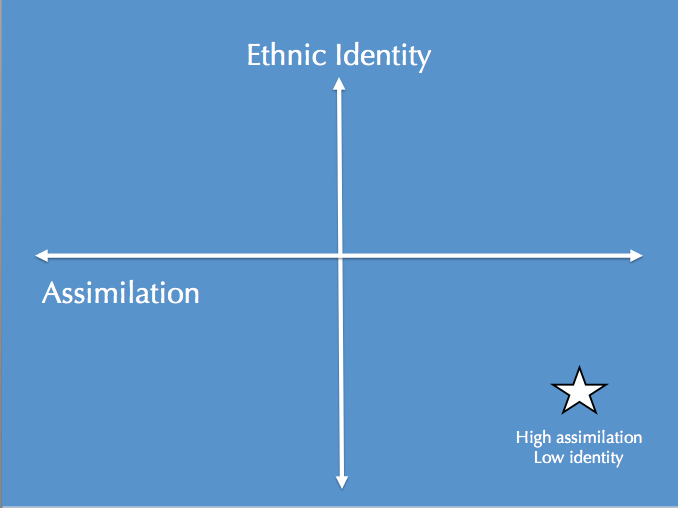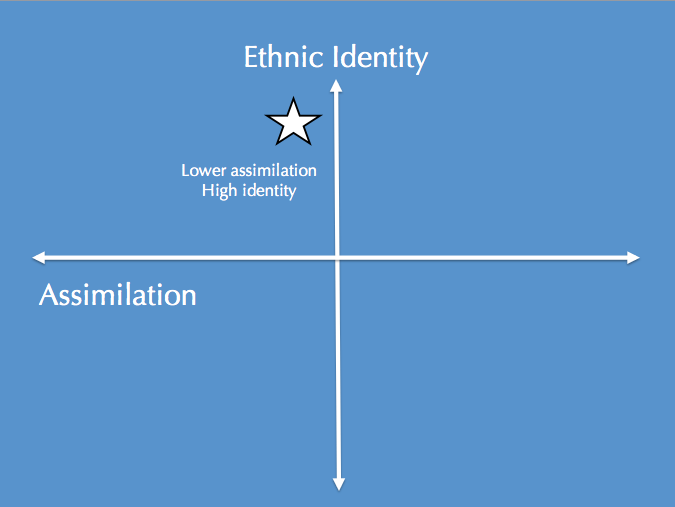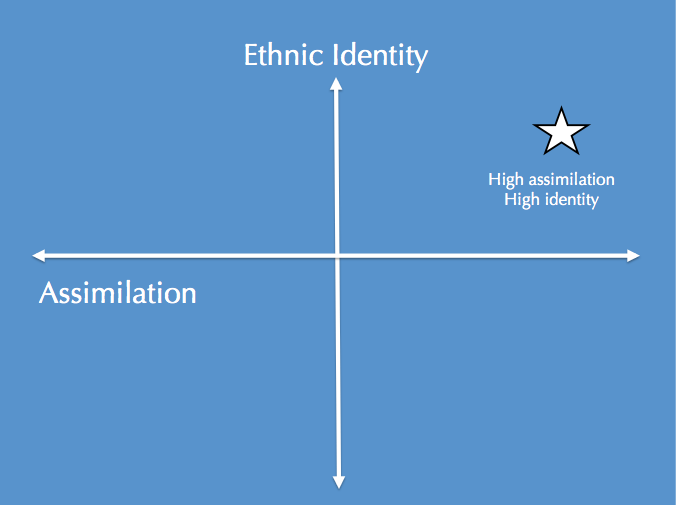Lately, I’ve felt the pressure and strain of being an ethnic minority. The hot debate regarding Immigration Reform, the story of Trayvon Martin, the unhealthy dialogue surrounding Miss America, and the discussion about Rick Warren’s photo of the Red Guard, have been eye-opening and sobering.
It’s one thing after another. I’m tired. I’m tired of explaining. I’m tired of debating. I’m tired of ignorance, apathy, and confusion. Is it “just the way life is”? Or should I try to “be the change”? Frankly, I have no idea. As a South Asian, American, Christian, man, I feel… tired.

Photo Courtesy of aleahconnect (cc)
I struggle through various tensions in my heart regarding race and identity. I’ve boiled it down to ONE primary tension, and it is as follows:
Tension Between Identity and Assimilation
Identity is what makes you unique as an ethnic minority. Your identity is comprised of the attributes and characteristics that make you different. It can be food, clothing, worldview, or language, etc.
Assimilation is the act of becoming similar to one’s surroundings. In other words, you work hard to eliminate (or hide) the differences that you feel in order to fit in better with the majority (White) culture.
For example, as a South Asian, I have the tendency to go back and forth between identity and assimilation. One moment I am proud of my South Asian heritage, the next moment I hope that you will not notice my skin color. This is normal. This is the experience of the ethnic minority in America.

Photo Courtesy of Buileshuibhne (cc)
The Spiral Staircase
Dr. Beverly Tatum, in her book entitled, “Why Are All the Black Kids Sitting Together in the Cafeteria?” mentions that our journey of ethnic identity and assimilation is much like a spiral staircase. You will come to the same point again and again, but hopefully from a different vantage point as you climb higher and higher on the staircase.
The Kitano-Daniels Diagram
A helpful tool to decipher where you are in your journey of identity and assimilation is a tool developed by Dr. Kitano and Dr. Daniels. It is a simple X-Y graph in which one axis is your ethnic identity and the other axis is your assimilation into majority culture. See charts below.
Example #1. Where was I in my journey in Middle School?
While I was in middle school, I hated being Indian. I wanted to be white. I was teased for being different, so I strived to assimilate and I wanted to separate myself from anything remotely “exotic”. I was low identity and high assimilation.
Example #2: Where was I in my journey in College?
When I came to the University of Texas at Austin, I made so many new South Asian friends. I loved being Indian. I had higher identity. There were moments during my college experience that I may have only had South Asian friends — somewhat ethnocentric. I had lower assimilation.
Example #3: Where am I in my journey now?
Now I find myself understanding the importance of my culture, but longing to see other cultures intersect with the South Asian culture. I am a bridge builder. I have high assimilation and high identity. This is a constant battle — I’m misunderstood by both South Asians and non-South Asians.
Where are YOU in this journey of identity and assimilation? Please comment below!
Impact on Everyday Life
I feel the tension of assimilation and identity within simple every-day matters in life like the following:
- Making decisions
- Giving credit
- Communicating ideas
- Initiating change
- Being on time
There are different values that are battling for attention in my mind. Should I assimilate? Should I remain true to myself? The complicated part is that neither value is better than the other. Both are good, but different.
Here are pairs of values that are in tension with one another:
- Making Decisions: Individualism versus Collectivism
- Giving Credit: Meritocracy versus Hierarchy
- Communicating Ideas: Direct versus Indirect Communication
- Initiating Change: Progress versus Tradition
- Being on time: Static Time versus Fluid Time
My South Asian ethnic identity leads me to live on the right-hand side of these tensions. However, majority culture assimilation leads me to the left-hand side of these tensions. Somewhere in my mind, after all of the switching, after all the translating, after all the debating is over… there is a simple, South Asian, Christian, man that is being shaped by these experiences.
In this struggle of being an ethnic minority, God is shaping you and I into His likeness. All cultures need one another to experience the fullness of the Kingdom, but all cultures do not need to become the same in order for this to happen. Therefore, I believe these tensions will always be there. As world changers, perhaps you and I will never solve the tension, but learn to manage this tension with grace and truth… for a lifetime… with one another.
Perhaps I feel tired because I am trying to do this with my own power. What I need to do is to rely more on my multi-ethnic community and on the love and power of God. God will restore all things. Until then, you and I must work together to change the world – even, and especially, regarding the matter of race and ethnicity. You are an Everyday World Changer. Start Today.
Where do you see yourself in this tension of assimilation and identity? Do you have any stories or thoughts to share about being an ethnic minority? Please comment below or email me.





